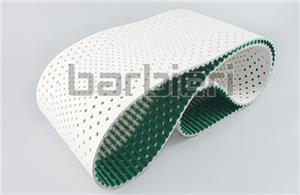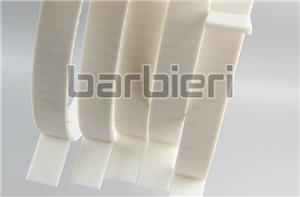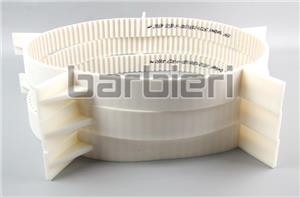Jakohihnan lämmityksen syyt ja hoitomenetelmät
When the timing belt is running, the friction between it and the timing pulley generates heat. This friction heat is a form of mechanical energy converted into thermal energy, which is a normal physical phenomenon. When the timing belt heats up beyond the normal range, it will accelerate the aging of the timing belt material and reduce its service life. Excessive temperature may also affect the transmission accuracy and stability of the synchronous belt. Therefore, it is very important to understand the reasons for the heating of the timing belt and take appropriate measures.
Common causes of heating of timing belts:
1. Frictional heat: During the operation of the timing belt, a certain amount of heat will be generated due to the friction between the timing belt and the timing pulley. When the friction coefficient is too large or the running speed is too high, the heat will accumulate rapidly, causing the timing belt to heat up.
2. Improper tension: If the tension of the timing belt is too tight or too loose, it will increase the friction between it and the timing pulley, thereby generating excessive heat.
3. Timing pulley problem: The uneven surface, severe wear or poor lubrication of the timing pulley will increase the friction between the timing belt and the timing belt, causing the timing belt to heat up.
4. Environmental factors: Excessive ambient temperature or poor heat dissipation will also cause the timing belt to generate too much heat during operation.
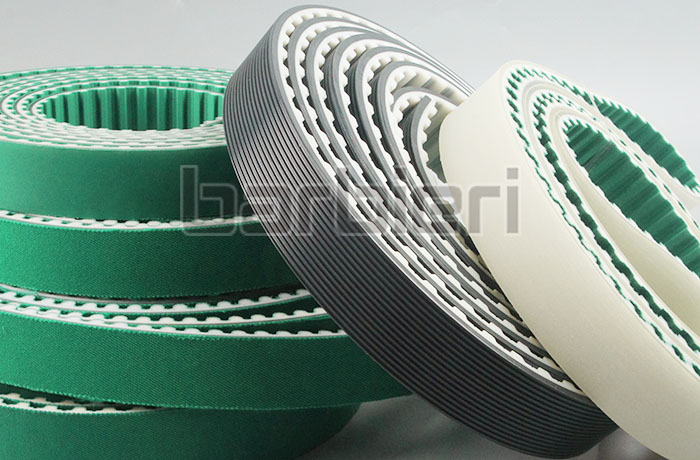
Take appropriate measures to deal with it:
1. Adjust the tension: According to the model and specification of the timing belt, adjust its tension to an appropriate range to reduce the friction between the timing pulley and the timing pulley and reduce heat generation.
2. Check the timing pulley: Regularly check the surface condition of the timing pulley to ensure that it is flat and wear-free, and replace the damaged timing pulley in time. At the same time, keep the timing pulley well lubricated to reduce the friction between the timing belt.
3. Improve heat dissipation conditions: Add heat dissipation equipment such as fans and heat sinks in the synchronous belt operation area to improve heat dissipation efficiency and reduce the synchronous belt temperature.
4. Optimize operating parameters: According to the actual situation of the production line, optimize the operating speed, load and other parameters of the synchronous belt to reduce the heat it generates.
5. Regular maintenance: Clean, inspect and repair the synchronous belt and synchronous pulley regularly to ensure that they are in good working condition. At the same time, inspect and maintain the lubrication system to ensure the cleanliness and adequacy of the lubricating oil.
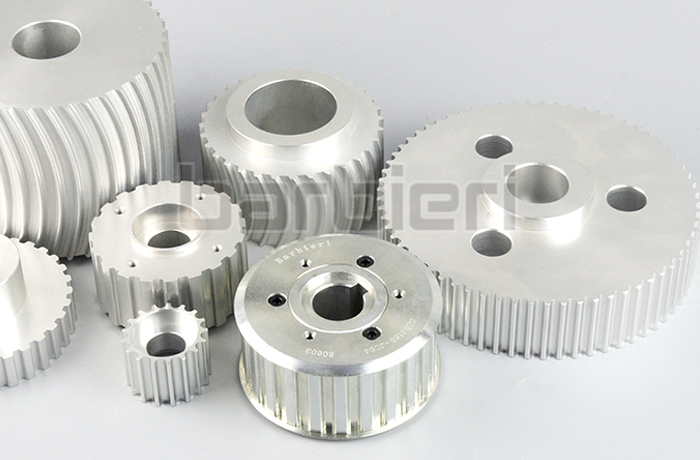
- Polyuretaani jakohihna
- Rengasmainen jakohihna
- Avoimet jakohihnat
- AT-sarjan jakohihnat
- T-sarjan jakohihnat
- STD-sarjan jakohihnat
- HTD-sarjan jakohihnat
- RPP-sarjan jakohihnat
- TT5-sarjan jakohihnat
- Imperial-sarjan jakohihna
- Tuettu polyuretaani litteä hihnasarja
- Kaksipuolinen jakohihna
- ATN-sarjan jakohihnat
- Jakohihna Taustalla
- Jakohihna kankaalla
- Jakohihnan lävistys
- Polyuretaani itsejäljentävä jakohihna
- Polyuretaanivyö profiililla
- Erikoiskäsittely jakohihna

